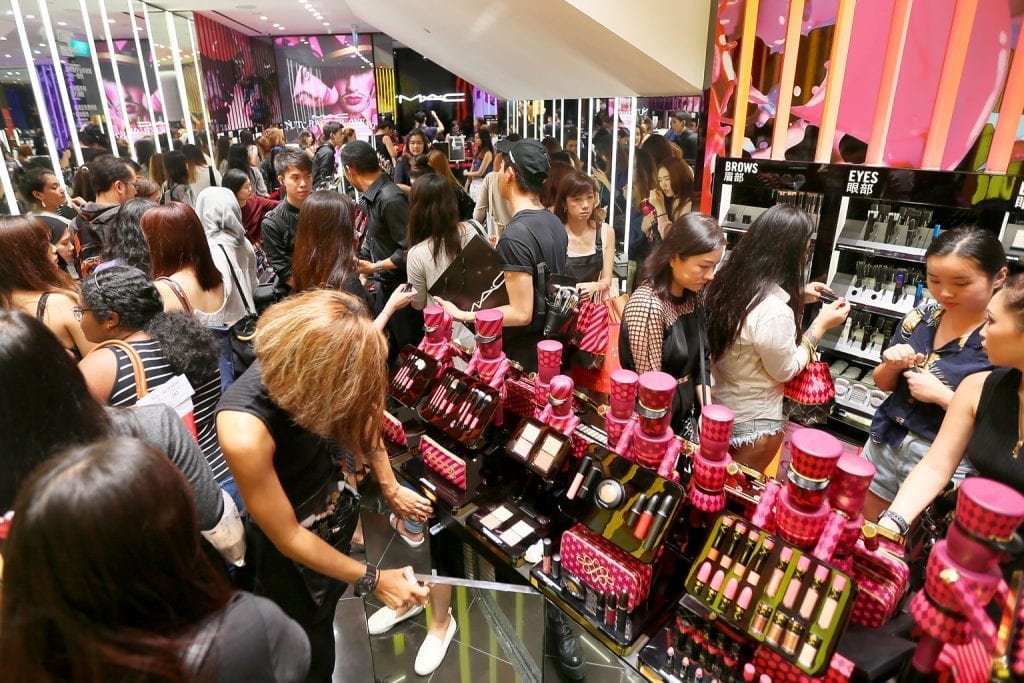

Reading through recent headlines about Amazon disrupting the beauty industry, one would think that it is time for Sephora and Ulta to panic and rethink their strategies.
However, beauty needs retailers to provide compelling customer experiences and a sense of community to succeed.
According to a report by 1010data, Amazon’s marketplace captures 21.1% of the U.S. market share, with Macy’s coming in second with 17.4% and Sephora in third place with 15%.
Amazon is clearly making strides to increase their presence in beauty by partnering with cosmetic giants like Coty to launch their “Let’s Get Ready” skill for Amazon Echo Show, a company that made headlines with Amazon last year for banning third-party platforms like Amazon from selling their prestige products.
Prestige beauty brands like Coty and the Estee Lauder Cos have tended to stay clear of selling their products on Amazon supposedly because it lacks the cachet of traditional luxury beauty retailers. While that may be somewhat true, I also think it is because luxury brands are terrified of the lack of control on Amazon – the possibility of consumers unknowingly purchasing knockoffs from China or older products at a discount.
If prestige brands are so bothered about being sold under the same roof as mass market, why are luxury brands like Lancome, Benefit, and MAC pleased as punch to be top-sellers at Ulta, where mass market rules? Because brands can work with retailers like Ulta to ensure consumers get the right experience and right product for that matter.
While virtual reality and augmented reality are becoming key technologies for helping beauty consumers make informed decisions, it doesn’t mean these technologies can replace the brick-and-mortar experience.
Sephora and Ulta continue to drive foot traffic and sales with innovative in-store experiences and workshops, making visiting their brick-and-mortars more of a fun encounter than an errand.
Seeing how a lipstick looks via an augmented reality app is novel but it cannot replace actually trying it on to feel its texture or test if it bleeds. Testing a cream on the back of your hand to see how it makes your skin look and feel is something that even Amazon can’t duplicate without a brick-and-mortar.
Building a sense of community like its competitors in the beauty space will also be an uphill battle for Amazon. Sephora launched their Beauty Insiders Community last August, offering multiple channels for consumers to find each other, discuss beauty, post and view photos, and unlock shopping benefits through usage.
While Amazon may have a comprehensive rating and review system, the e-tailer giant also has a bad reputation for bot reviews, which doesn’t lend well to a sense of community.
While Amazon will probably continue to dominate in online sales, Amazon is going to have a tough time dominating the beauty industry until they can grab the brick-and-mortar traffic too.